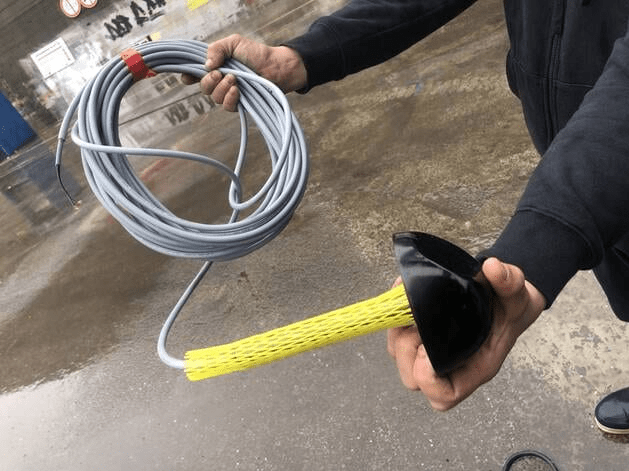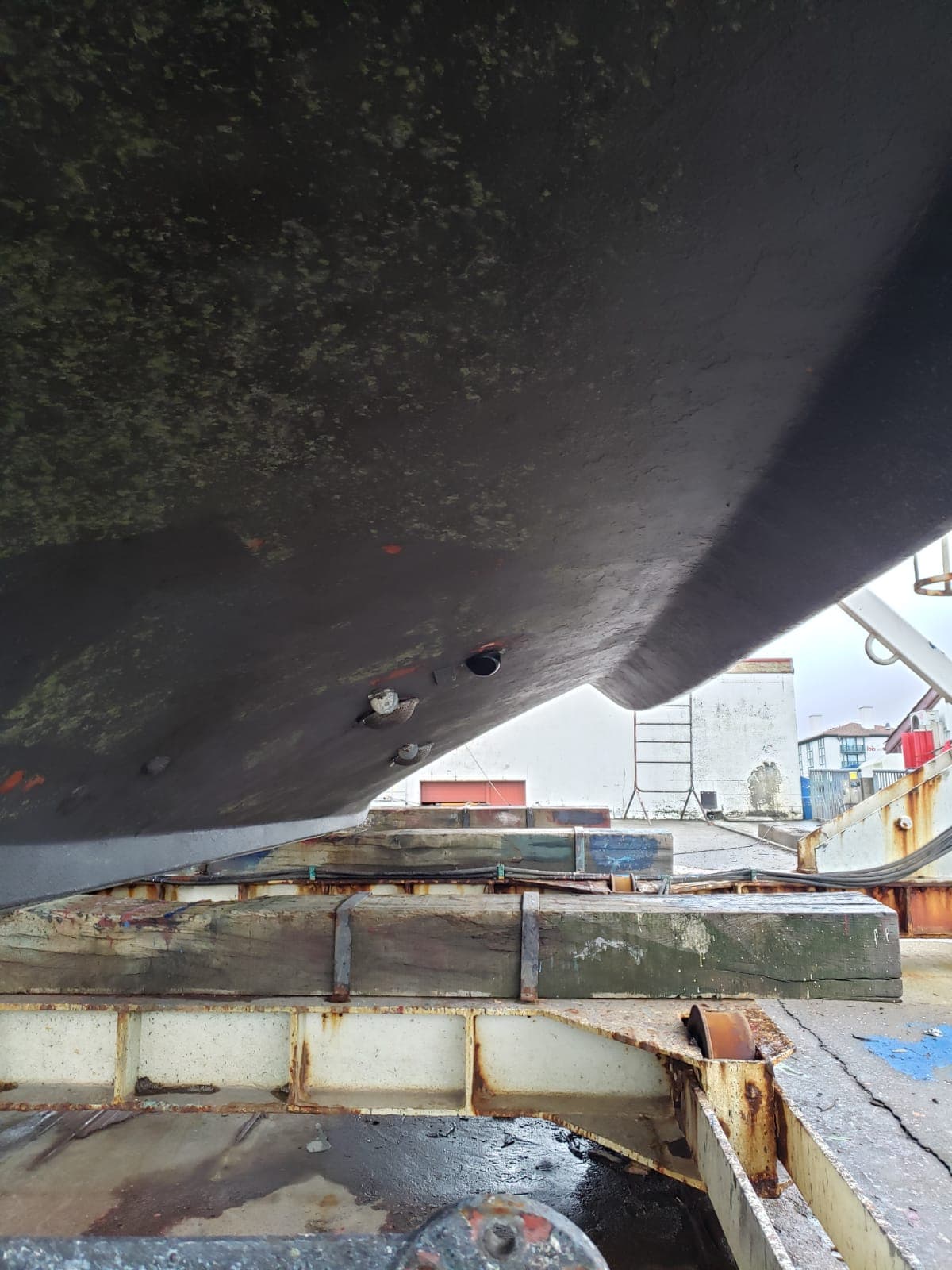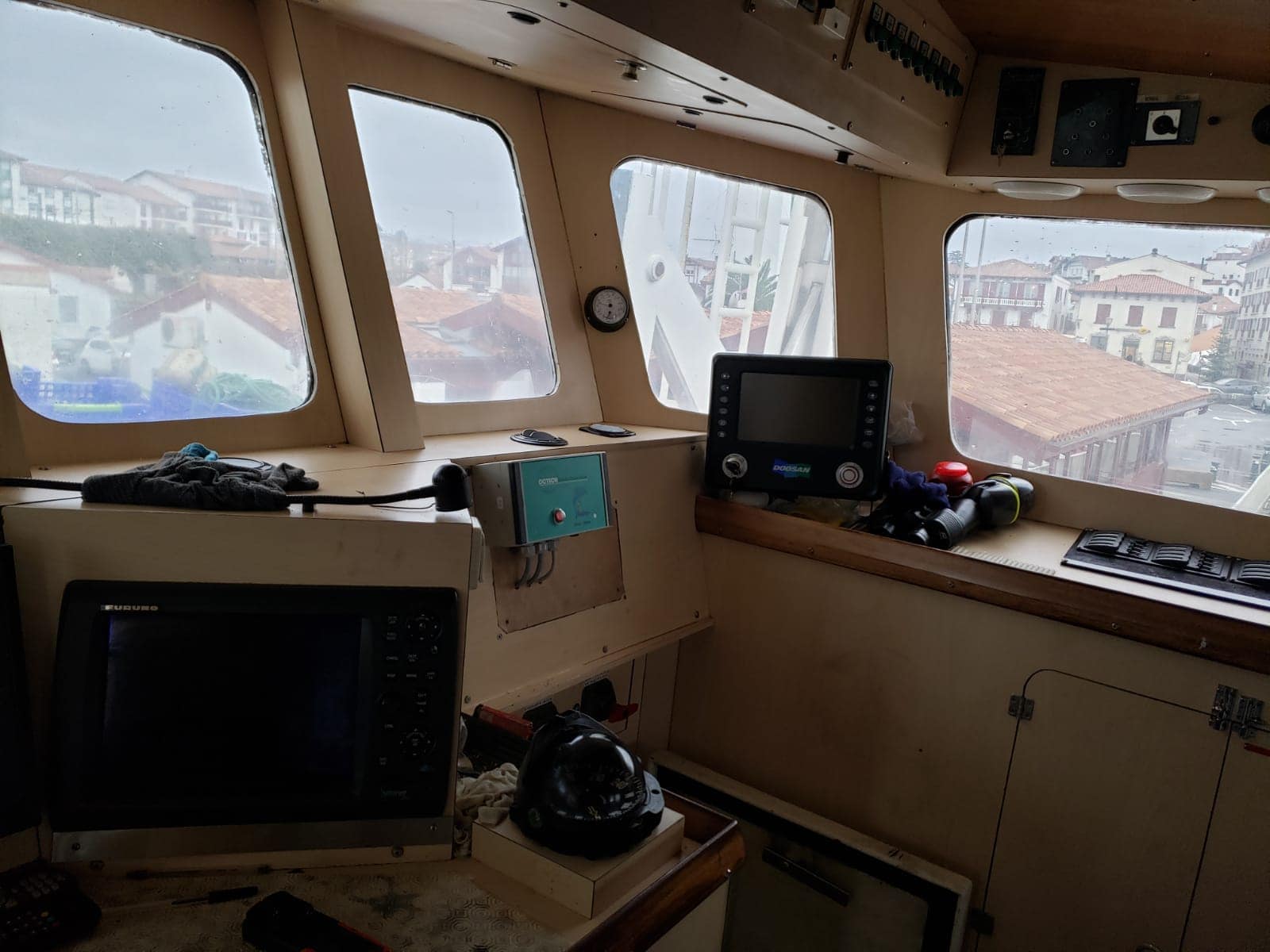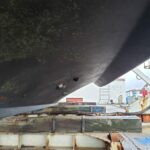“Pingers” acoustic repellents for gillnetters (PIFIL project)
Sommaire
This sheet is translated in the frame of the Cetambicion project (https://www.cetambicion-project.eu/)
Sources :
Le Marin article on the PIFIL project : https://www.ouest-france.fr/mer/peche/peche-ils-experimentent-un-petit-boitier-qui-effarouche-les-dauphins-1d175436-585f-11ec-a1c3-ccfd47f2face
PIFIL : the new programme to develop a system to limit the by-catches of common dolphins – Article presenting the project by the CNPMEM : https://www.comite-peches.fr/pifil-le-nouveau-programme-pour-developper-un-dispositif-limitant-les-captures-accidentelles-de-dauphins-communs/
What is an acoustic repellent / pinger?
The pinger is an acoustic deterrent device designed to reduce the bycatch of cetaceans (ex : common dolphins). It emits an effective sound signal to repel these species. The pinger is activated on contact with the water by emitting a series of ultrasounds that are perceptible to the auditory system of the mammals without causing them any harm.
The objective of the PIFIL project : to evaluate the effectiveness of a device to limit bycatches
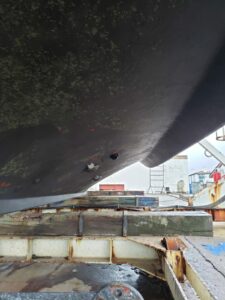
Launched in October 2021, the PIFIL project, led by the CNPMEM, aims to acquire data in the field for the scientific validation of an effective and proven technological solution.
The project is in line with the research projects carried out by fishing professionals and scientists. By capitalising on the experiments of the LICADO project initiated in 2019, PIFIL is interested in a promising device for gillnetters: the activation, only during the net setting operatio of new generation acoustic repellents specifically designed for common dolphins (the CETASAVER pingers). The results obtained within the framework of LICADO are encouraging, but large-scale experimentation is necessary to objectify its effectiveness with statistically analysable data : this is the objective of the PIFIL project.
How does it work?
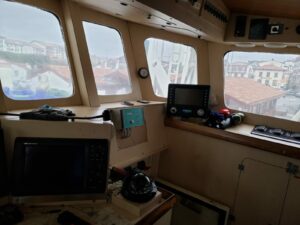
Through their observations, professionals have identified setting as the moment of the fishing action that is particularly risky for various reasons. This is the moment when the net is at its “softest” (relaxed), leading to a greater risk of a marine mammal becoming entangled in it; once the net is set on the bottom, its height is fairly low compared to the height of the water column above it, so it has little interaction with marine mammals; when the net is hauled up, it is taut and therefore less conducive to the entanglement of a marine mammal.
The acousticians confirmed that the boat’s wake, with its countless micro-bubbles, could disturb the echolocation of marine mammals.
The CETASAVER pingers emit a proven and scientifically validated acoustic repellent signal (repellent effect over a maximum of 200 metres, resulting in a distance of 87% of the cases). Each signal is unique to avoid habituation. The acoustic nuisance in the ecosystem is also limited because it is activated only during the spinning operation.
What are the next steps for the PIFIL project?
With the PIFIL project partners, the CPMRs (regional sea fisheries and marine farming committees) and POs (Producer organisation) of the Atlantic coast as well as AGLIA, OCTECH and Ifremer, the project will equip 20 netters in the Bay of Biscay. The shipowners and their crews, who have volunteered to participate in the project, will carry out the tests and collect the data. A tablet application is also being developed to facilitate data collection.
A second part of the PIFIL project has been developed for 2022, which will equip 10 additional vessels and increase data collection.
The project, which ends in September 2023, provides for a complete analysis of the dataset collected over the period of the project (2021-2023). The initial results of the analysis, carried out on the data collected in 2021 and the first half of 2022, show that bycatches are rare events (5 bycatches out of the 816 fishing operations observed with the pinger in operation). Although there appear to be fewer bycatches during fishing operations using the pinger compared with those not using it, there are still not enough to quantify the effectiveness of the device at present.
That said, tests and analyses are continuing in the light of these promising results.

